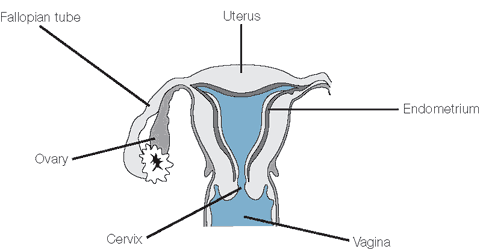
Ovarian hyperstimulation syndrome (OHSS) is a major complication of fertility treatment associated with multiple follicular recruitment along with elevation of estradiol level. The cause of OHSS is not well defif ined. However, the pathophysiology of OHSS is currently believed to be mediated through vascular endothelial growth factor (VEGF). OHSS is considered an iatrogenic complication. OHSS is potentially life-threatening. The incidence of OHSS is approximately 10-20% in women undergoing ovarian stimulation for IVF. However, the incidence of severe OHSS which required hospitalization is approximately 1-2%.
OHSS is categorized as early OHSS and delayed OHSS. Early OHSS occurs in the cycle of ovarian stimulation usually between the time after hCG injection for oocyte retrieval and the next menstrual withdrawal bleeding. Delayed OHSS occurs when there is pregnancy which produces endogenous hCG which continues to stimulate corpus luteum for hormone production or the continued use of hCG for luteal phase support.
Women at risk of developing OHSS include those with polycystic ovarian syndrome (PCOS), with previous history of OHSS, at young age, with elevated Anti-Mullerian hormone (AMH) level (> 3.5 ng/ml), having antral follicle counts > 14, having serum estradiol level > 5,000 pg/ml on the day of hCG trigger and having more than 14 follicles of > 11 mm on the day of hCG trigger. Patient at risk of having OHSS should be closely monitored with transvaginal ultrasound monitoring and blood estradiol level to assess the ovarian response to stimulation medication. Dosage of ovarian stimulation medication should be adjusted according to the response.
Clinical symptoms/signs of OHSS include lower abdominal pain/discomfort, nausea, vomiting, enlarged abdomen from ascites, hemoconcentration, leukocytosis. In case of severe OHSS, there may be fluid leakage into pleural/pericardial cavities, hepato-renal failure, acute respiratory distress syndrome, hypo-volumic shock and thromboembolic phenomenon.
In women at risk of developing OHSS during the course of ovarian stimulation, dosage of FSH should be reduced or discontinued (coasting). Also for women with high risk of developing OHSS, chronic low-dose, step-up protocol is a preferred method for ovarian stimulation. hCG dosage should be reduced by half at the time of hCG trigger (5,000 units compared to 10,000 units of hCG) for ovulation induction or oocyte retrieval. Moreover, in patients who undergo ovarian stimulation under antagonist protocol, gonadotropin releasing hormone agonist may be used to induce endogenous LH surge to complete oocyte maturation before oocyte retrieval as endogenous LH has shorter half-life than hCG. Recombinant LH can also be used to trigger oocyte maturation instead of using hCG. However, current evidence showed a compromised pregnancy success with the use of recombinant LH. It is also highly recommended to freeze embryos for transfer in subsequent cycle when ovarian function has returned to normal to avoid the risk of OHSS when the patient is pregnant (delayed OHSS). Using progesterone for luteal support is preferable to using hCG for luteal support as it causes lower incidence of OHSS while it does not compromise pregnancy success. Recently, there is evidence that dopamine agonist, cabergoline, is effective in reducing the risk of moderate and severe OHSS without compromising pregnancy outcome for either primary prevention (before initiation of ovarian stimulation) or secondary prevention (after initiation of ovarian stimulation) compared to placebo though it does not eliminate the risk. In case of extremely high serum estradiol or extremely high number of growing follicles, physician may discuss with the patient to cancel the treatment cycle by not giving hCG and discontinue ovarian stimulation medication and expect follicular atresia to ensue in order to avoid the risk of having OHSS.
In conclusion, OHSS is an iatrogenic complication of ovarian stimulation which can be life-threatening. However, with careful monitoring of ovarian stimulation, the incidence of OHSS can be minimized especially for moderate or severe OHSS.
Please Click Here to request more information from Superior A.R.T.





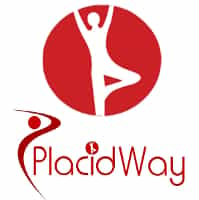

.png)


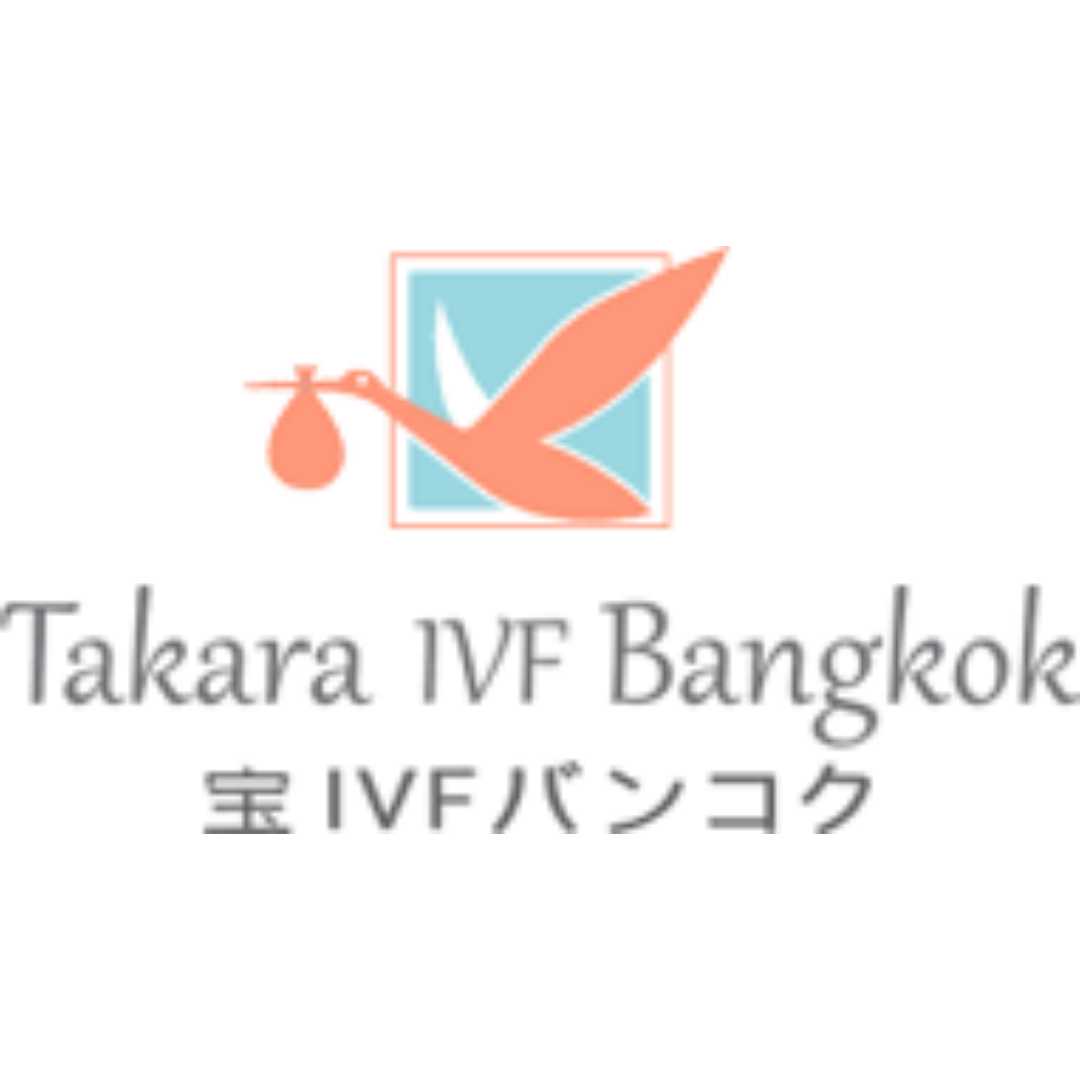
.png)
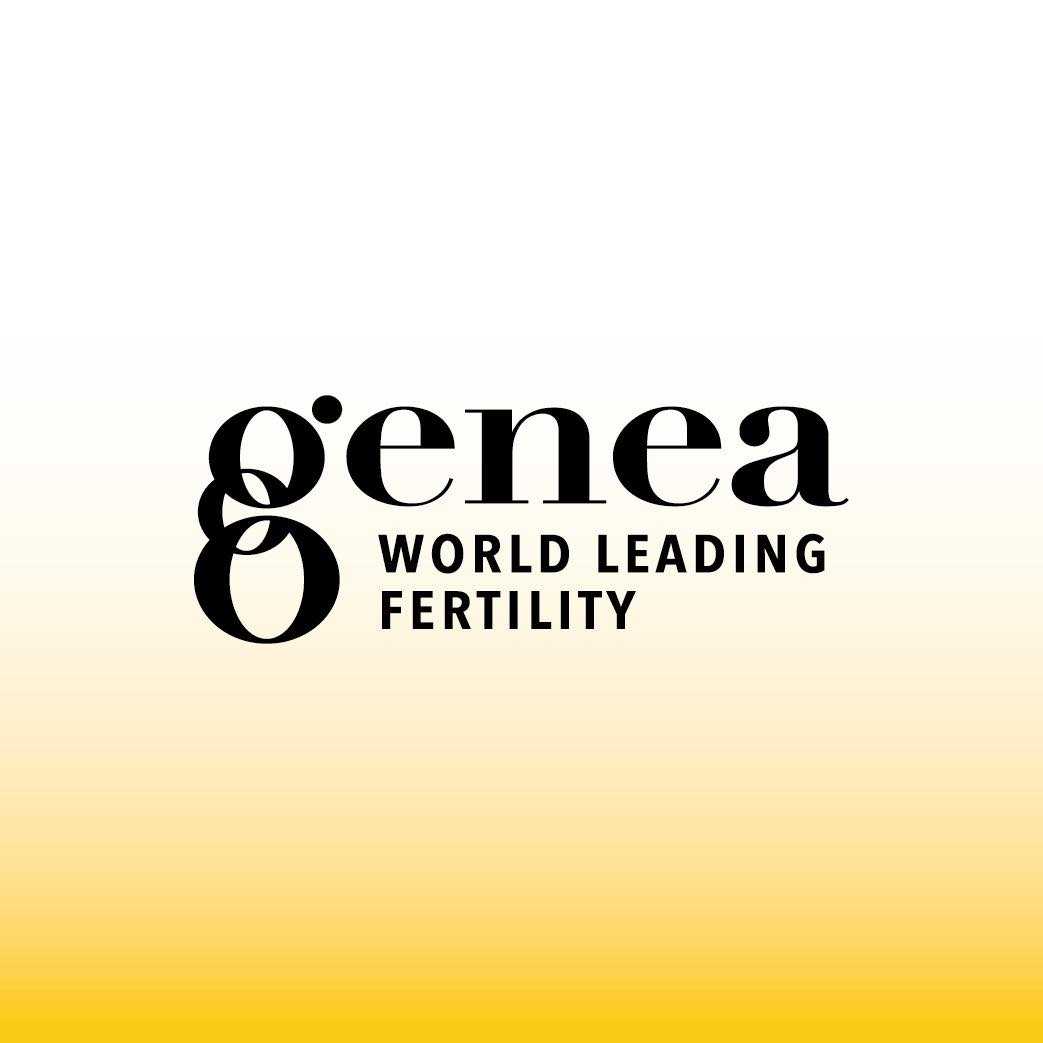
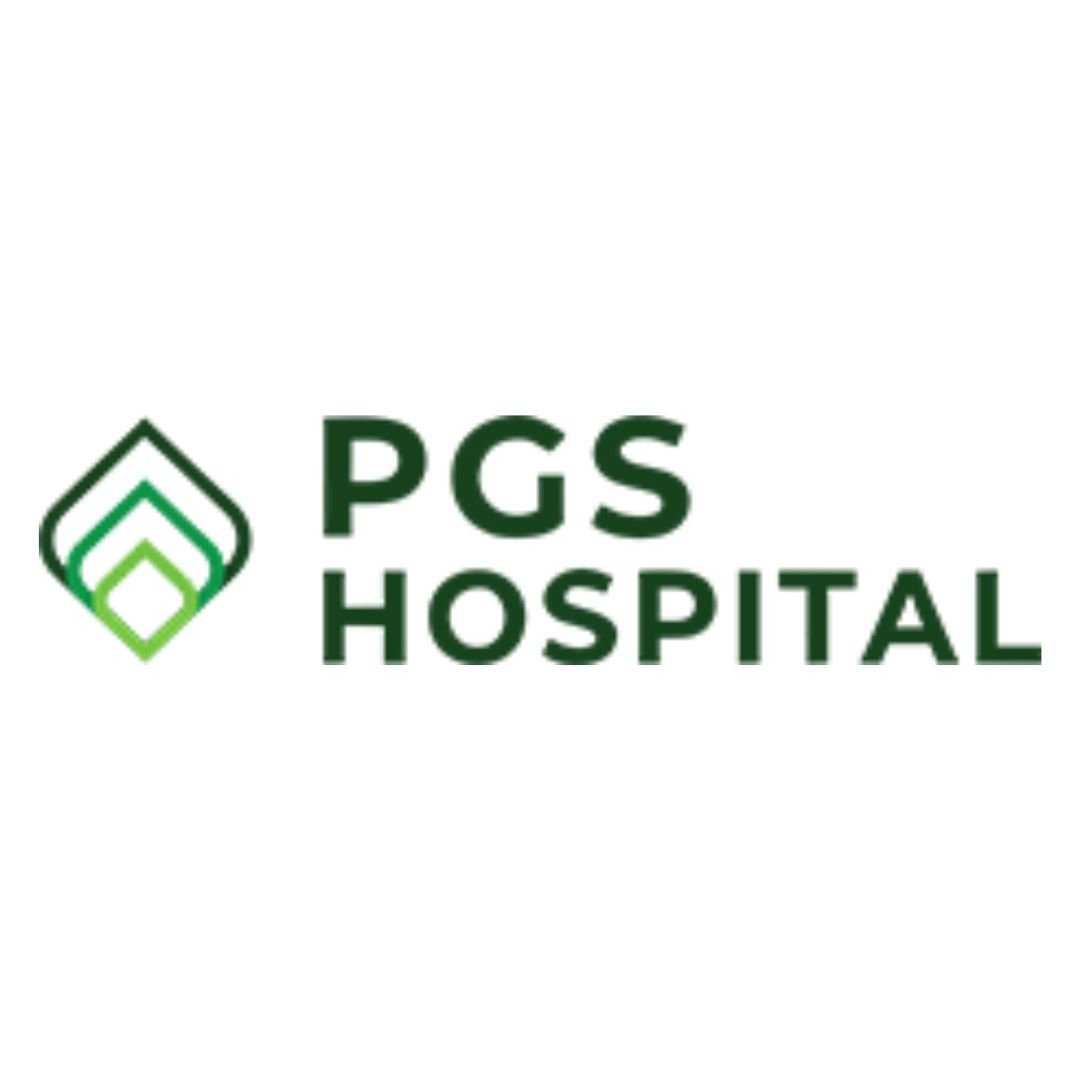
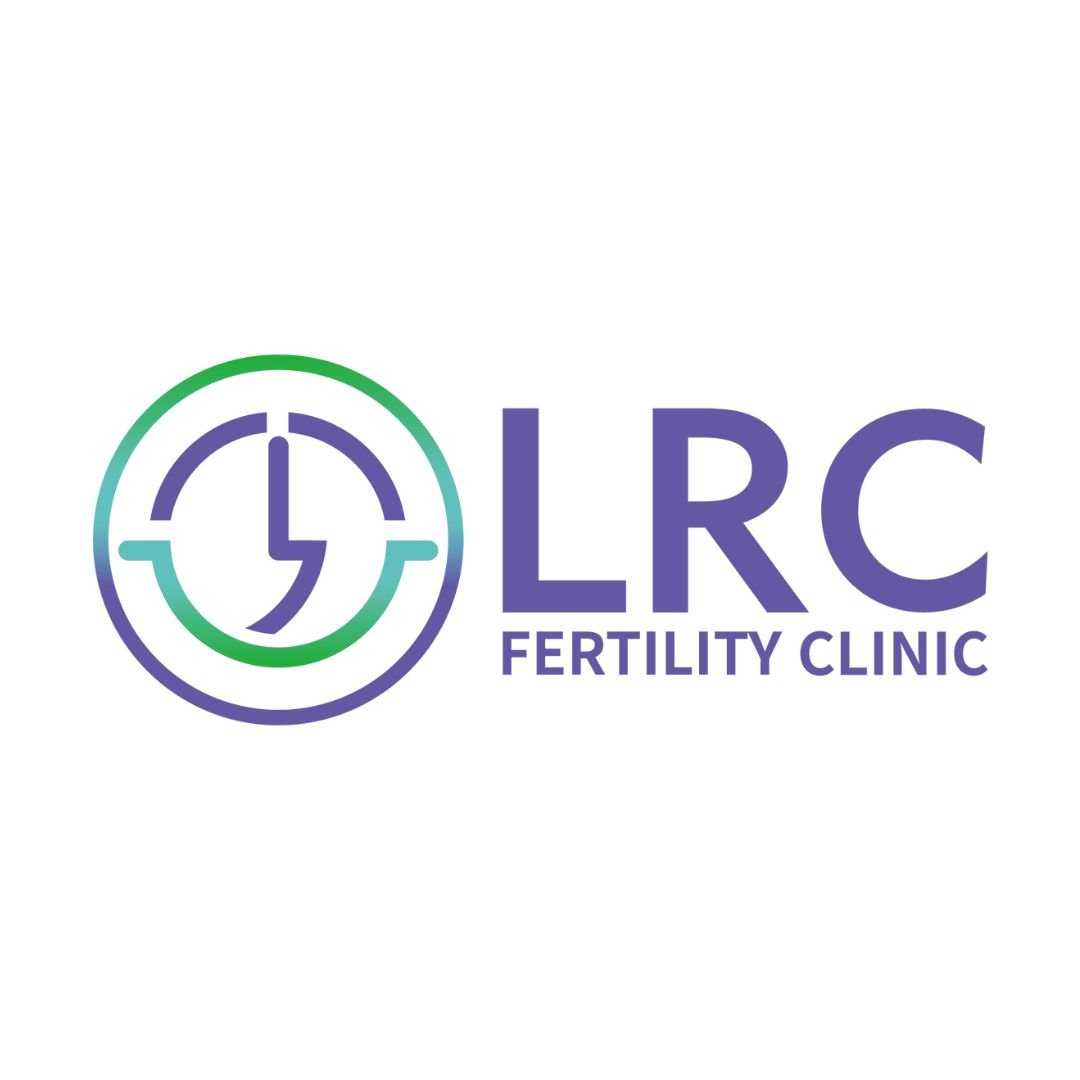

Share this listing